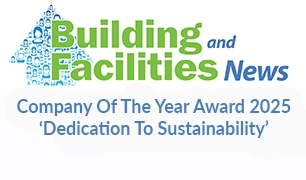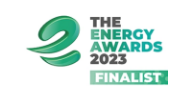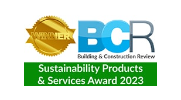What Is An Electric Water Heater?
Commonly used in commercial, and industrial settings to provide a steady supply of hot water for various purposes, such as bathing, cooking, cleaning, and heating spaces, electric water heaters operate by converting electrical energy into heat through resistive heating elements submerged in the water. These elements are controlled by thermostats to maintain the desired water … Read more

























